Wildlife
The Curious Case of Birds—How Evolution Has Led to Less Differences Than Charles Darwin Thought
‘Traffic Rules’ In Nature—Being a Little Batty
Bringing Extinct Animals Back to Life No Longer Just Part of the Movies
Giant Tortoise Babies Born in the Wild for the First Time in 100 Years
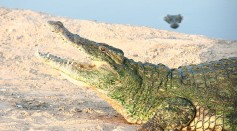
Reptile Preceding Dinosaurs Discovered
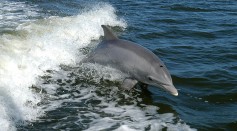
Marine Mammals Can Suffer from Irregular Heartbeats When Diving Deep
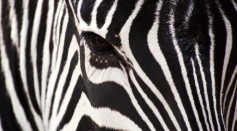
How Zebra Stripes and Rising Sea Levels Have More In Common Than You Thought

How Zebra Stripes and Rising Sea Levels Have More In Common Than You Thought
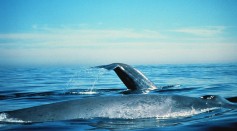
Giant Sea Animals Are Not So Giant After All
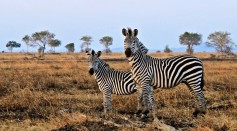
How Zebras Got Their Stripes & Why Climate Change is Likely to Blame
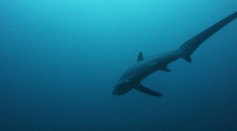
Threatened Thresher Shark Birth Captured on Film
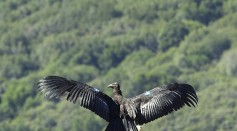
New Births Spark Hope for Conservation Ecologists: Orca and California Condor Share Miracle of New Life
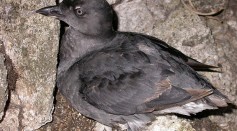
Scientists Baffled by Mysterious Sea Bird Deaths
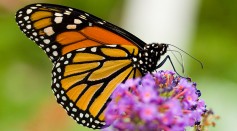
Monarch Butterflies Could Soon Be Deemed “Endangered”
Most Popular

How Technology Is Changing the Real Estate Industry?

How a Plant-Based Diet Can Protect Against Breast Cancer: Insights from Nutrition Research

Study Reveals High Turnover in Scientific Research Careers: What This Means for Future Scientists

Why It's So Difficult to Lose Weight: The Biological Explanation Behind Obesity





